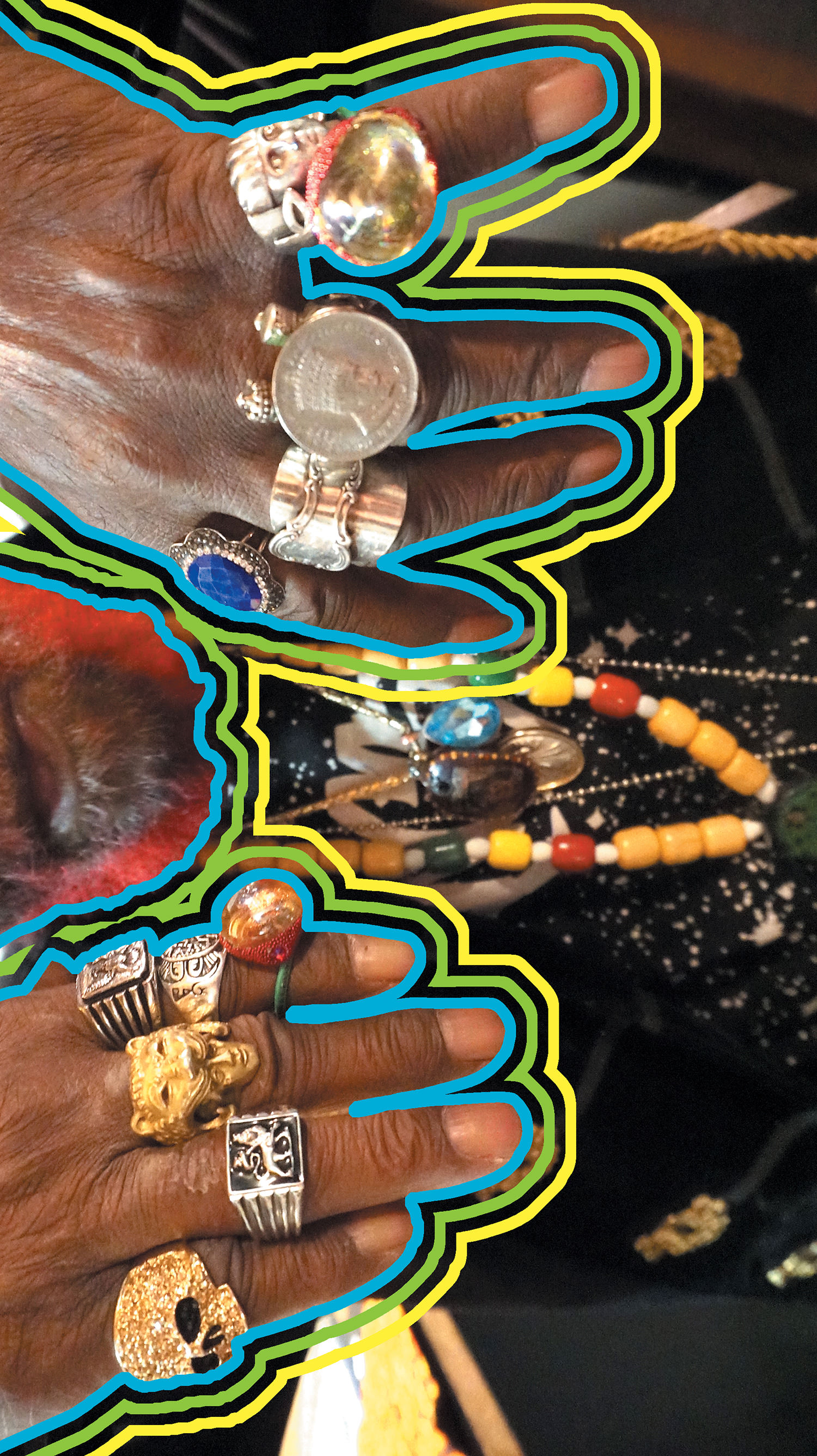Tascam released something that will interest growing studios. The SERIES 8p Dyna offers 8-channels of mic pres with 1-Knob analog compressors, phantom power, eight analog outputs (on DB-25 or TRS), dual optical outs (8-channels at 96 kHz via S/MUX, less at higher sample rates), and Word Clock I/O. It is designed to connect with a TASCAM SERIES 102/ 208i or other S/MUX-equipped audio interfaces. Although a patchbay would be efficient, it's not required. Inputs are XLR combo jacks. You can set up and be recording in minutes.
I began by comparing the 8p Dyna preamps against those from a competing interface. In my opinion, cost cutting on the mic pre is commonplace in interface design, causing noise and distortion creep in. That's not the case with the 8p Dyna. Tascam uses their HDIA (High Definition Instrumentation Architecture) microphone preamps, which have a better signal-to-noise ratio and less distortion. I found a noticeable bump in the upper-mid presence with the Tascam that I didn't hear on the competition's preamps. On drums, the 8p Dyna helped the snare stand out. There was not much difference in the high frequency range, making it a wash between the two for overheads. However, the competitor exhibits a small bump in the low end that the Tascam does not. The Hi-Z instrument inputs on the Tascam (channels 1 and 2) seemed darker than mic channels. Not in a bad way, it's just that the difference between it and another interface was more pronounced when using the instrument inputs. The low end on the Tascam had a very "brown" nature to it – think round, classic rock sound, while the competition's DIs seemed more neutral.
Comparing against the preamps on our Sony MXP-3036 console (known to be transparent, high-headroom – the total opposite of beloved vintage designs) was not a fair fight. I wasn't surprised that a large-format analog console would have more depth, but I was surprised at how much more high end information the Tascam possessed over the Sony. Well done, Tascam!
Each channel has a dedicated compressor Tascam has dubbed "1-knob": a one-knob affair (for threshold) with a fixed 3:1 ratio. I'm not sure of the attack/release times, but it suited bass DI very well. Enough transient information got through to maintain the articulation while the release was not overly pumpy. Set fully counterclockwise, the knob hard bypasses the compression circuit. I don't usually track with compression, which makes this bypass feature vital to my workflow. The 8p Dyna has two Word Clock BNC connectors: one for IN, the other THRU/OUT. Both have selectable termination (75 ohms). Incorrect termination can cause jitter (the very noticeable kind). No need for tee connectors or terminal barrels.
Now some minor gripes: There are no pads on input channels. My drum overheads were clipping the 8p Dyna even with gain at minimum, which certainly had a lot to do with my drummer's love of playing with miniature baseball bats combined with large diaphragm condenser overheads with hot outputs – but it was an issue. As a workaround, I could either use my console's line inputs, or even better simply use in-line XLR attenuators (Parts Express sells these for $9 each). The compressor takes some time to set, as small movements on the pot could make significant changes to the threshold.
There are a lot of quality components crammed into this single rack space unit. The 8p Dyna's preamps probably sound better than those in your current all-in-one interface (they did in mine), and compression on each channel is a bonus. Add to that 8-channels of S/MUX expansion, and one can immediately boost high resolution channel count. Its small footprint and feature set make for a versatile addition to any growing studio while also providing excellent value for the money.




_disp_horizontal_bw.jpg)